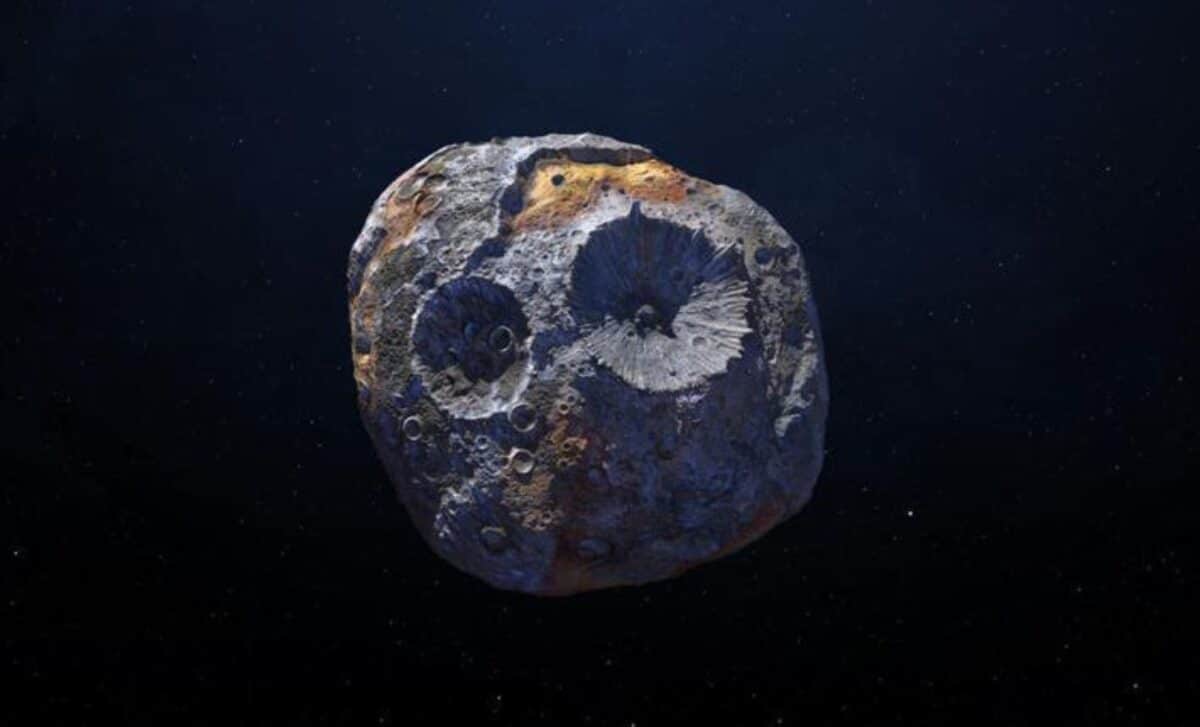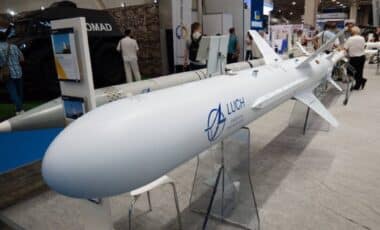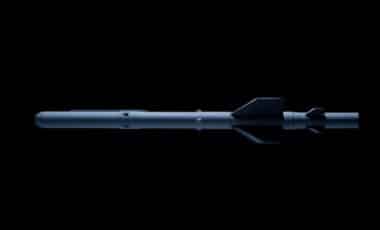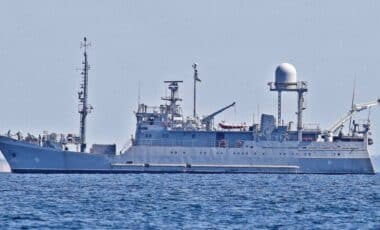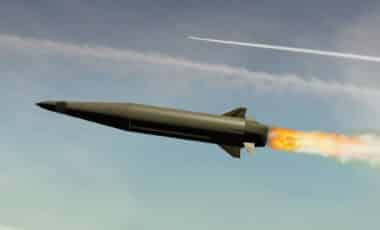NASA has discovered a massive gold reservoir on the asteroid 16 Psyche, located in the asteroid belt. This metal-rich body is estimated to contain a staggering $700 quintillion worth of precious metals, sparking interest in the future of space mining, reports Ecoportal.
Launched in October 2023, NASA’s Psyche spacecraft aims to study the asteroid’s composition in detail, with plans to reach it by 2029. This mission, which will provide valuable data, could shape the future of space resource exploration and extraction. However, the discovery also raises important questions regarding the economic and technical feasibility of mining these precious metals.
Earth Will Spin Faster Today, Creating the 2nd-Shortest Day in History
The Treasure Hidden in Asteroid 16 Psyche
16 Psyche is a large, metal-rich asteroid in the asteroid belt, thought to be a remnant of a failed planet. It is composed of significant amounts of iron, nickel, and gold, which could make it one of the richest objects in our solar system in terms of metal content.
This asteroid is believed to be a stripped-down planetary core that did not fully form during the early stages of the solar system. NASA estimates the metal reserves on Psyche to be worth $700 quintillion, a value so immense that it has generated considerable excitement regarding the potential for asteroid mining.
While the financial worth of the asteroid’s materials is clear, extracting them is far from straightforward. Mining such vast quantities of gold and other metals from space would require groundbreaking advancements in technology, logistics, and infrastructure. As NASA’s mission progresses, the real challenge lies in determining how these valuable resources could be accessed without disrupting Earth’s economy.
Nasa’s Psyche Spacecraft: The Mission to Explore Cosmic Riches
The Psyche spacecraft launched in October 2023 is designed to map and analyze the asteroid’s structure and composition. The spacecraft’s mission, set to reach Psyche in 2029, will not engage in mining operations but will collect essential data about the asteroid’s materials. This mission will provide crucial insights into the makeup of 16 Psyche, shedding light on the possibility of future mining endeavors.
Psyche is one of over 1.3 million asteroids discovered in our solar system, many of which contain valuable metals like gold, platinum, and cobalt. Some of these asteroids, like 16 Psyche, are believed to be remnants of planetary cores, while others offer clues to the origins of life on Earth, such as water and organic compounds. The data gathered by NASA’s Psyche spacecraft could not only expand our understanding of space but also offer critical information for future space resource extraction.
The economic impact of space mining: Risks and rewards
While the value of Psyche’s gold and metals is astronomical, the potential consequences of space mining could be profound. If large quantities of these materials were brought back to Earth, they could flood global markets, disrupting commodity prices and possibly leading to inflation.
The introduction of such vast amounts of precious metals could destabilize the global economy. The implications for industries such as mining and precious metals would be significant, as the flood of resources could diminish their value on Earth.
However, the technical and logistical barriers to mining asteroids are still considerable. Challenges related to space transportation, ownership rights, and refining processes must be addressed before any practical mining operations can begin.

